🌎The Future of Landscape Conservation: Participatory Multi-Sector Design of Sustainable Landscapes, with Dr. Amanda Sesser
Hello…and welcome to…Issue #018!
Reading Time: <2 mins.
TL;DR: We published our podcast's tenth and final episode of Season 1, Including Diverse Voices in Sustainable Landscape Design, with Dr. Amanda Sesser, the Coordinator of the Southeast Conservation Adaptation Strategy (SECAS) Partnership.
Dr. Amanda Sesser, Coordinator, Southeast Conservation Adaptation Strategy (SECAS) Partnership
“Large-scale infrastructure projects will continue. Let's not fool ourselves. They will continue. But can we do it in a way that's smarter, has less of an ecological footprint, less impact, and does not contribute to our systems of hierarchy, oppression, and injustice?”
Welcome to our corner of the world!
We’re glad you’re here!
In the previous issue of Designing Nature's Half: The Blog, we shared insights on our podcast's ninth episode: an interview with Willem Ferwerda, the Founder of Commonland, about his organization's innovative approach to landscape restoration: the 4 Returns Framework. In this issue, we share our thoughts on the tenth and final episode of Season 1, Including Diverse Voices in Sustainable Landscape Design, with Dr. Amanda Sesser, the Coordinator of the Southeast Conservation Adaptation Strategy (SECAS) Partnership. You can find the episode on all major podcast platforms or access it through our website via the link above.
Season 2 of Designing Nature's Half: The Landscape Conservation Podcast starts October 2, 2024!
Thank you for making Season 1 a success!
Blog:
🌎The Future of Landscape Conservation: Participatory Multi-Sector Design of Sustainable Landscapes
The Evolution of Landscape Conservation
Landscape conservation has come a long way from its origins in simply setting aside protected areas. Today, it demands an inclusive and integrated approach that recognizes environmental and social dimensions—where biodiversity conservation goes hand in hand with human well-being. Dr. Sesser emphasizes this evolution by advocating for proactive landscape design rather than traditional reactive measures in response to landscape change.
Proactivity Over Reactivity
Traditional conservation approaches involve reacting to development, degradation, or loss after they occur and trying to put the pieces of the landscape back together after the fact. Instead, Dr. Sesser champions a proactive approach in which diverse landscape stakeholders work together to design sustainable landscapes that include conservation and development projects, like transportation corridors and wind turbine fields.
Engaging Local Communities, Indigenous Nations, and Disenfranchised Stakeholders
One poignant point during their discussion addresses how local communities, indigenous nations, and disenfranchised stakeholders have historically been left out of the decision-making process—a practice that must be addressed if sustainability is to be achieved.
Infrastructure Projects & Ecological Impact
Acknowledging inevitable infrastructure projects underscores another reality—the necessity to minimize negative ecological impacts while maximizing benefits through early inclusionary practices.
Dr. Sesser points out that involving impacted communities right at project inception can lead not only to empowerment but also potentially innovative outcomes beneficial both environmentally and socially.
Reciprocity With Indigenous Knowledge
Perhaps one area demanding greater attention is engaging indigenous groups whose knowledge systems offer invaluable insights into sustainable practices honed over millennia.
As listeners dive deeper into Designing Nature’s Half, they’ll find themselves partaking in a larger dialogue—one where every voice matters in shaping our collective environmental destiny.
By bringing together varied perspectives—from experts like Dr. Sesser to local voices affected by changing landscapes—we gain clarity on how interconnected our futures truly are within this natural tapestry we call Earth.
Making meaningful strides towards sustainable landscape conservation requires more than just listening—it calls for action grounded in collaboration, innovation, respect for traditional and local know-how, and, most importantly, community participation at every step along this journey toward designing nature’s half.
Up 0.8ppm since January 2024
An Invitation
If you think you have something to offer to the conversation and would like to be a guest on our pod, drop us a note at: info@lcdinstitute.org and put "Guest" in the subject line.
Sharing is Caring
Please share this newsletter with your social contacts so we can build a community of folks who want to turn down the boil and save our planet and its inhabitants.
Join the Designing Nature’s Half Community
Sign up below to hear about what we have up our sleeves to save the planet and learn how you can get involved.
Thanks for your interest and support!
We’ll keep you posted on how our projects are coming along via future issues of Designing Nature's Half: The Blog.
Until next time,



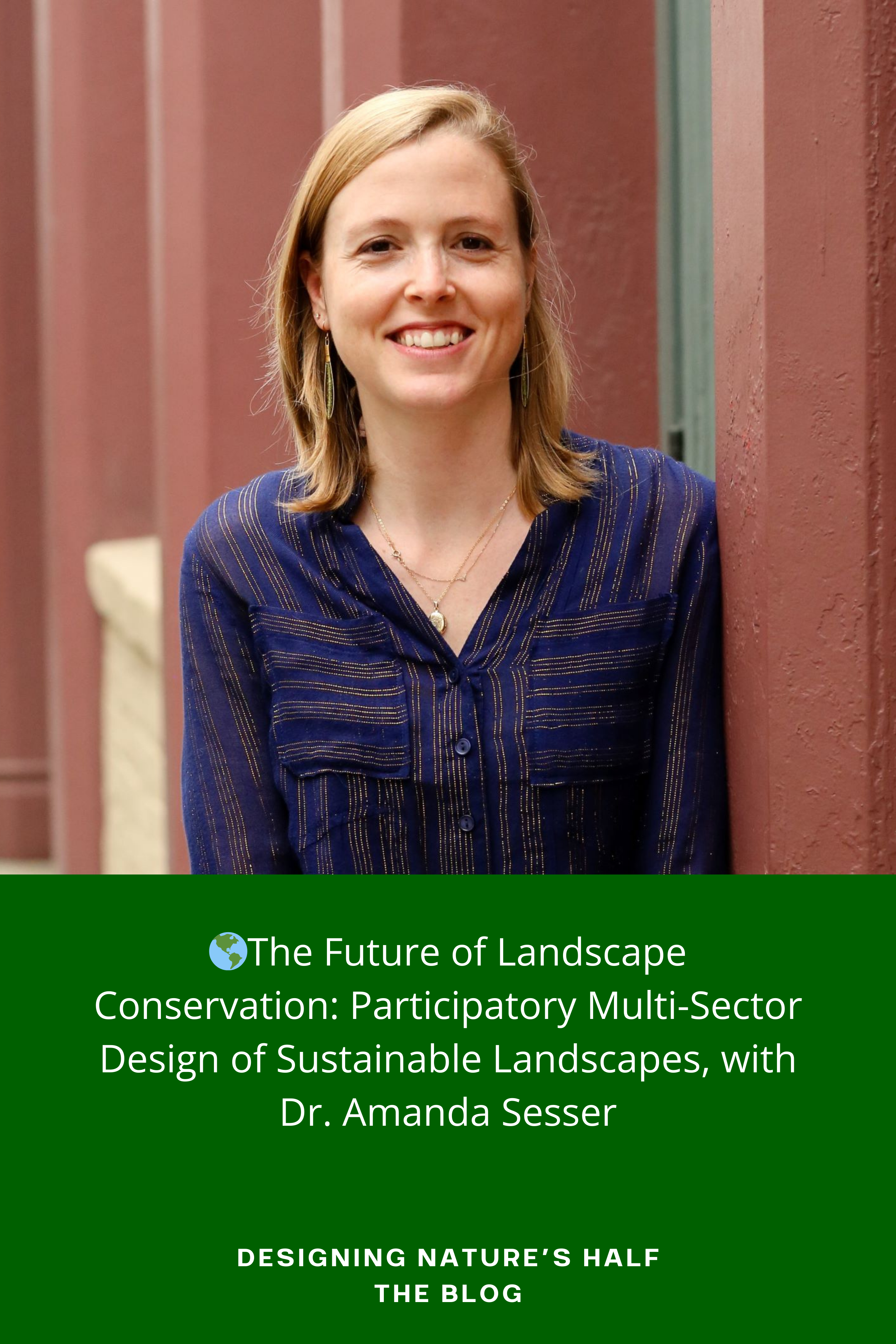
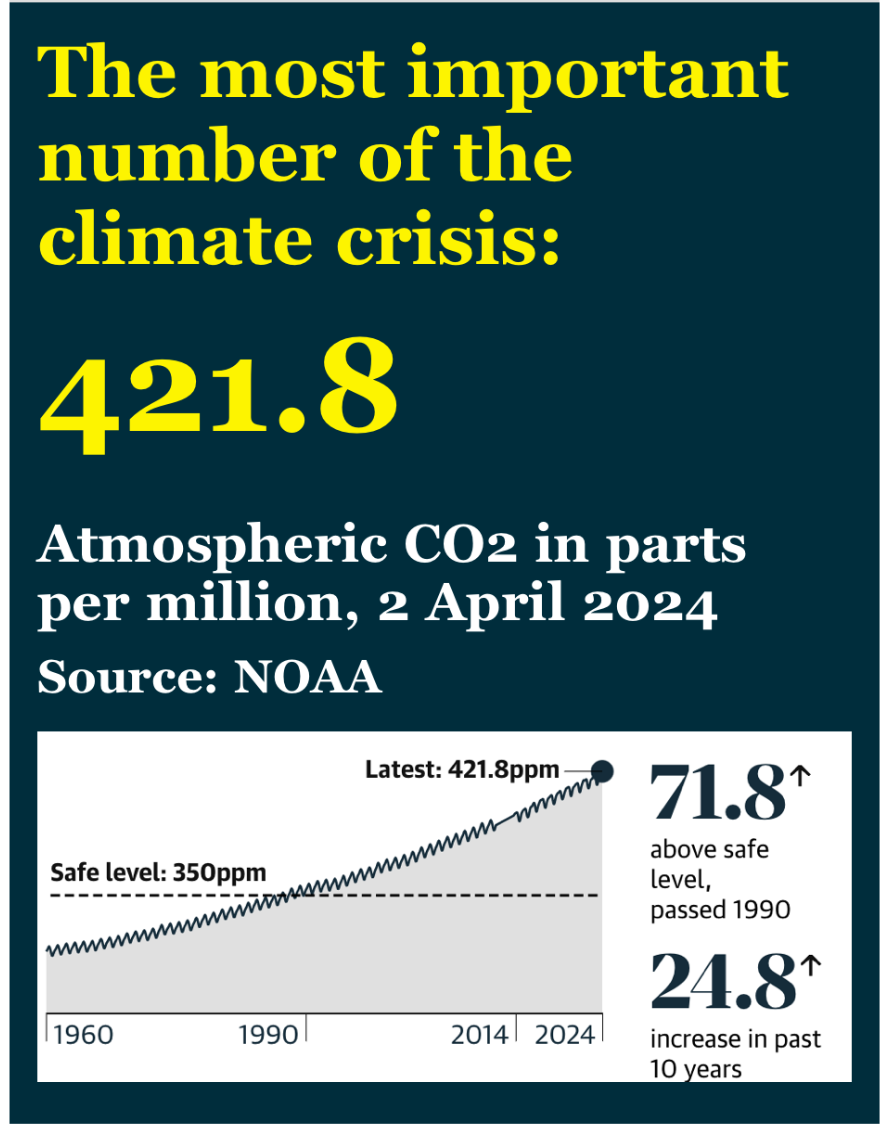
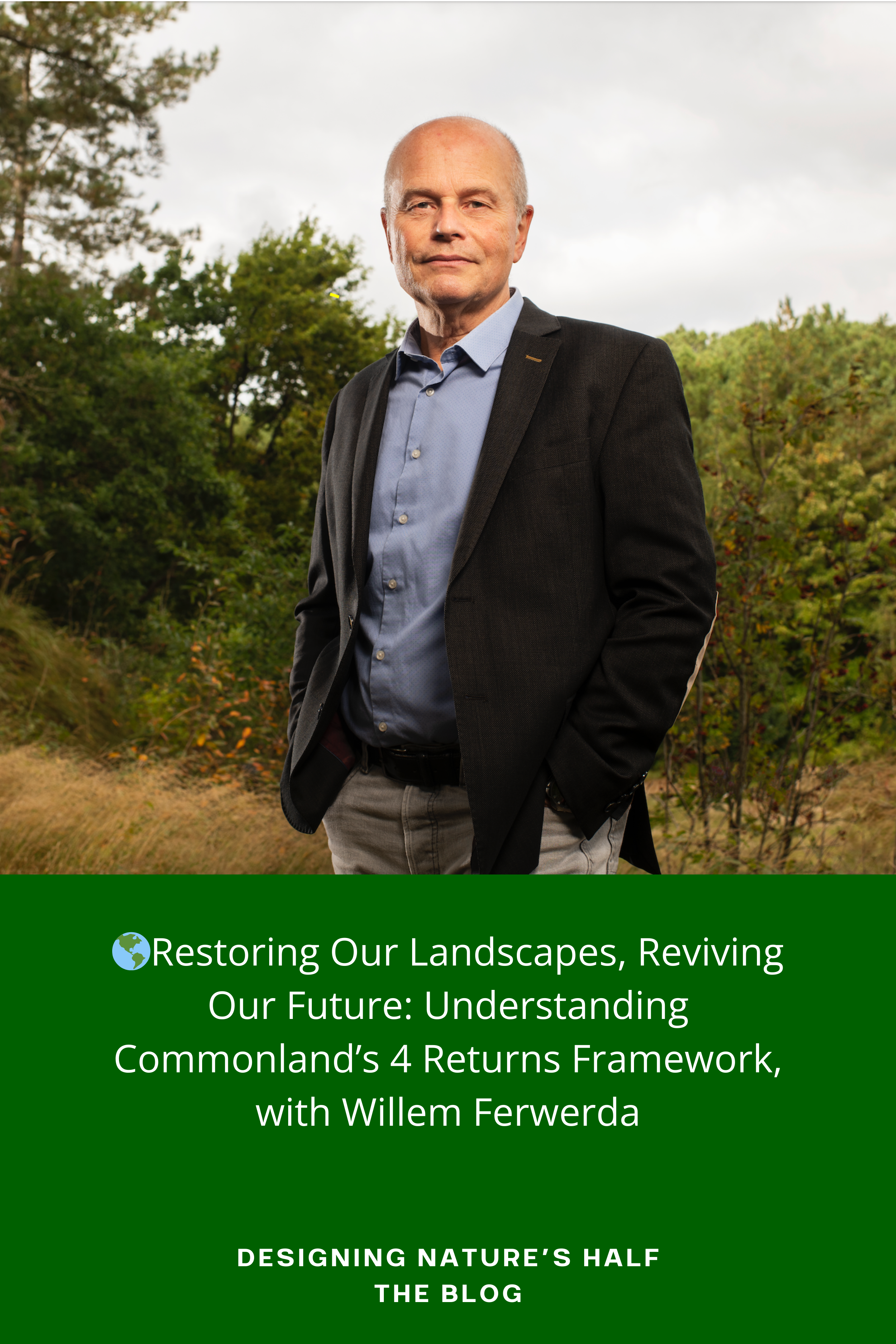
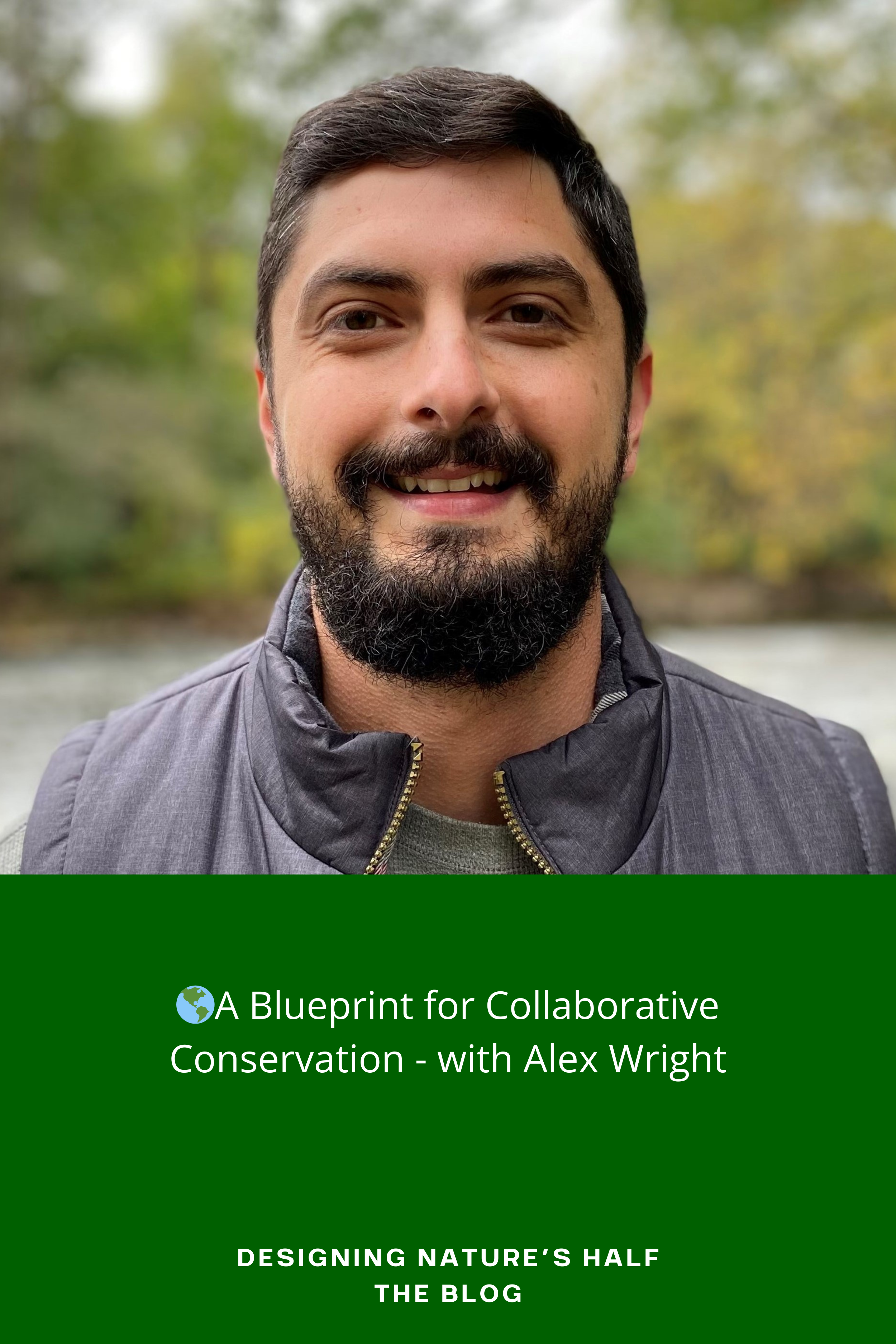
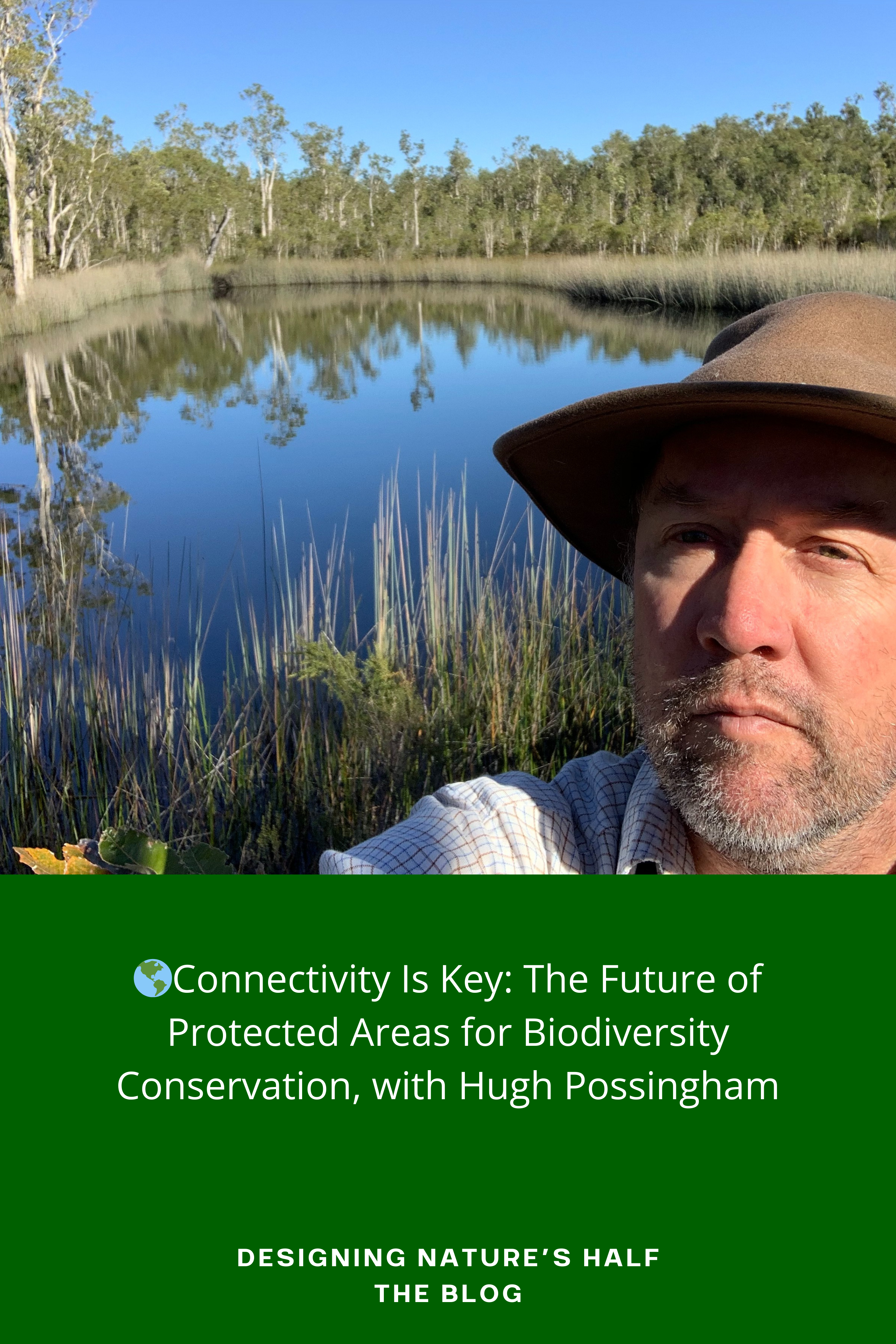
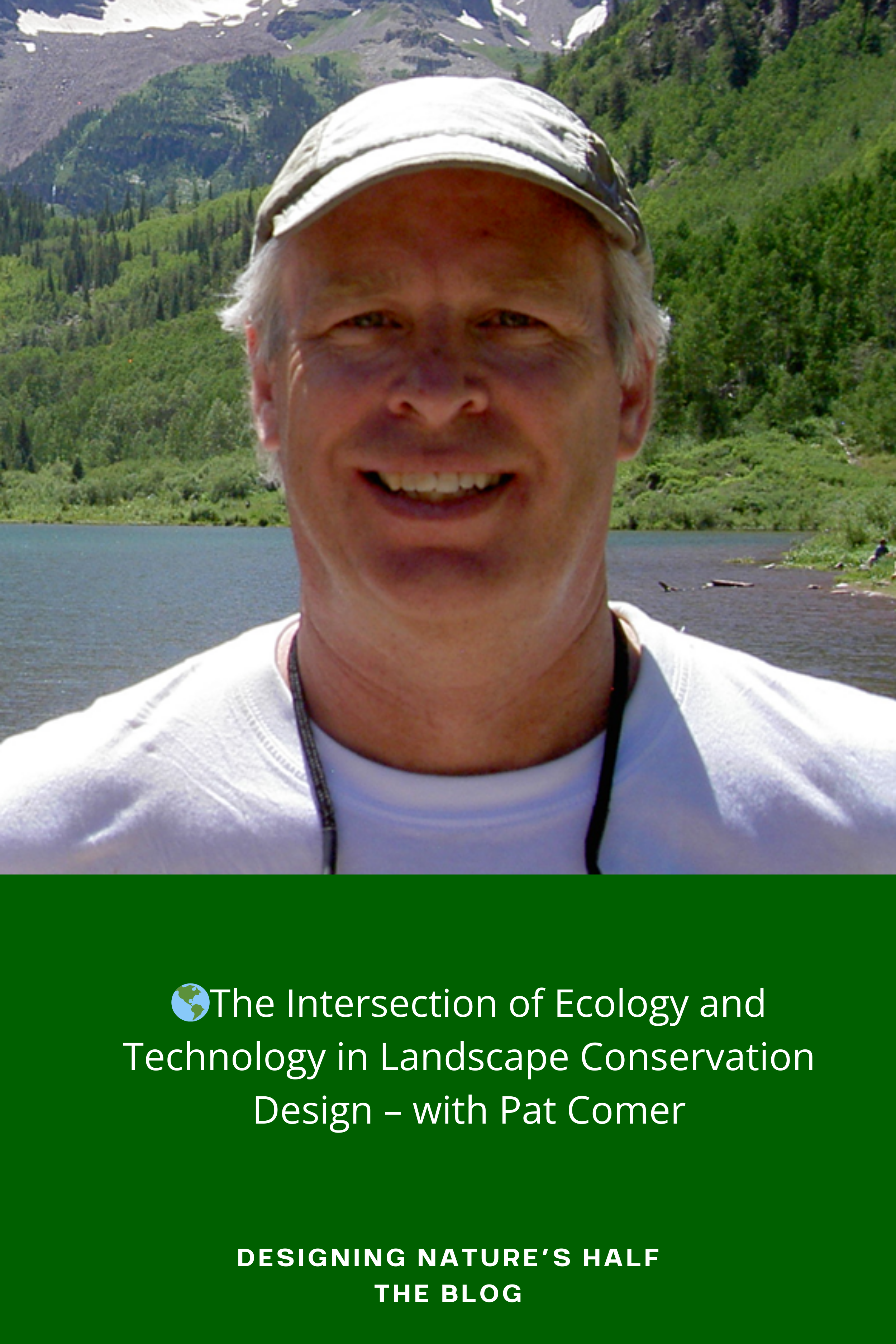
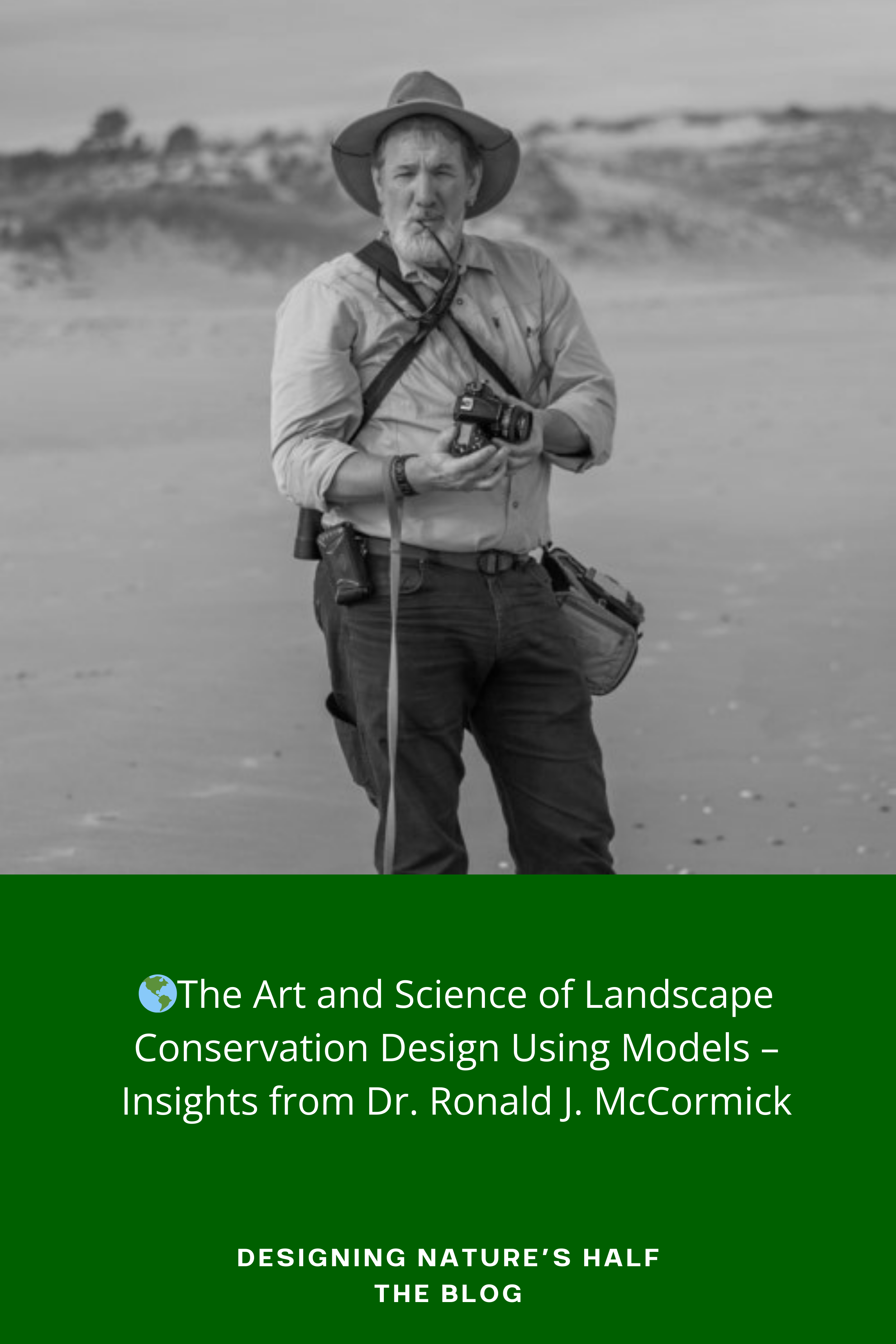
Dr. Amanda Sesser, the Coordinator of the Southeast Conservation Adaptation Strategy (SECAS) Partnership, discusses the need for inclusive design and decision-making processes that involve diverse stakeholders and empower communities. By bringing together various sectors of society, such as transportation, energy, and conservation, sustainable landscapes can be co-designed, created, and managed for people, planet, and prosperity. The episode emphasizes the need to balance human well-being and ecological integrity – a challenge that requires a new governance model that breaks down silos in traditional planning and decision-making. It addresses historic patterns of inequality and injustice to create a more inclusive and equitable society and highlights the concept of reciprocity and the importance of engaging indigenous and other disenfranchised people.